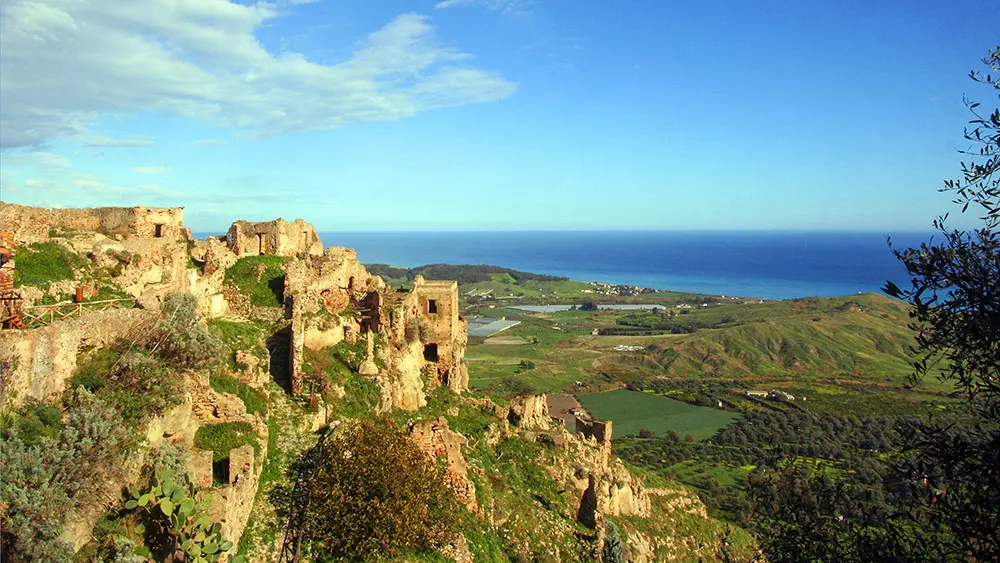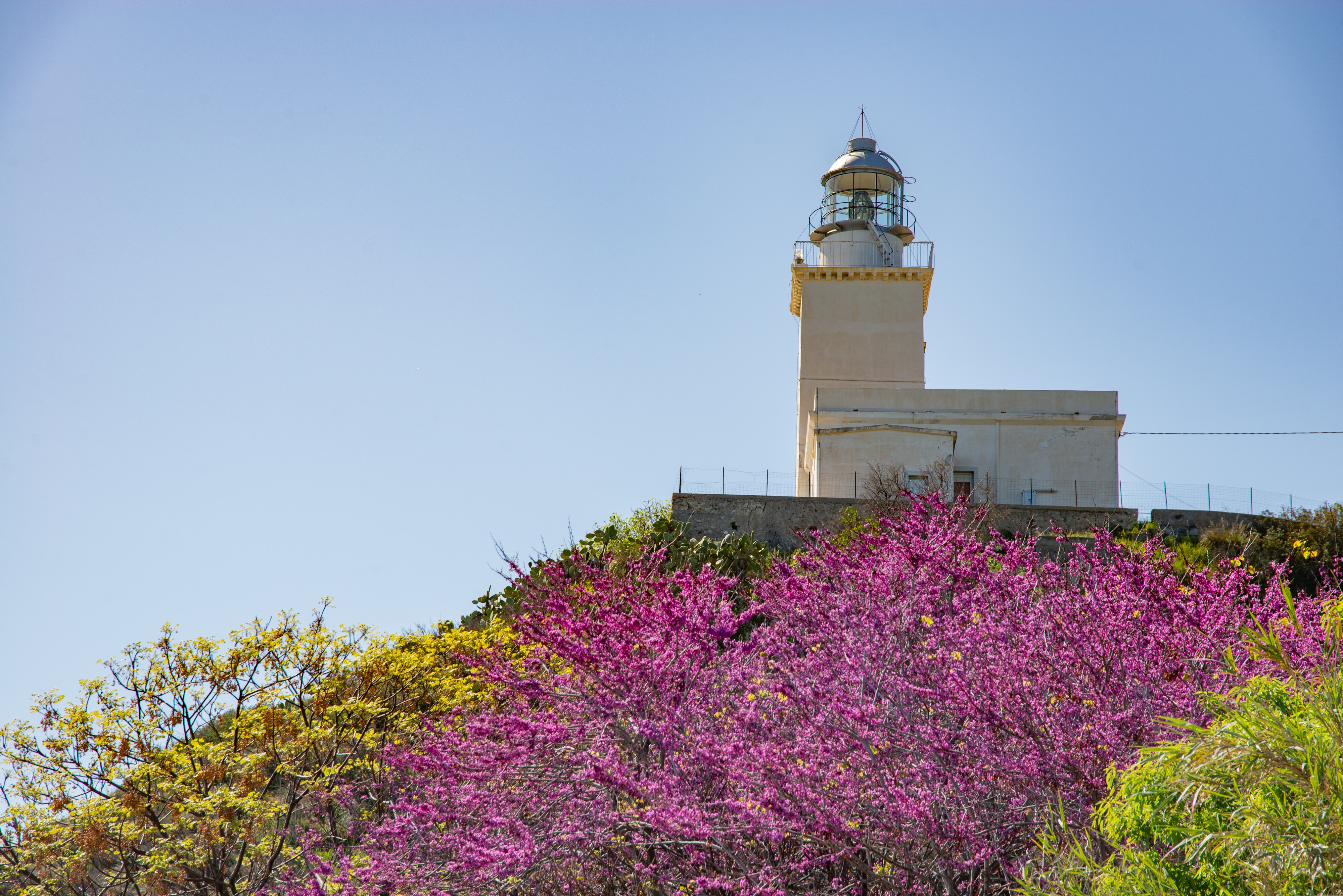A stroll through the ghost town of Brancaleone Vetus
Among the Greek-Armenian ruins of Vetus and Sperlinga

Living slow
Among the "ghost towns" of the province of Reggio Calabria, Brancaleone, famous for having hosted the writer Cesare Pavese during his years of confinement, offers a panoramic glimpse into a past that no longer exists, but which was extremely important for the history of this area: Brancaleone Vetus.
Overlooking the beautiful Costa dei Gelsomini, known as the Beach of the Caretta Caretta Turtles, the village of Brancaleone Vetus is a treasure trove of stories from the sea.
Ready to take a tour of the ruins of Brancaleone Vetus?
Brancaleone Vetus: history of the village
Taking the road that climbs the hill from the historic centre of Brancaleone Marina, we reach the site of ancient Sperlinga or Brancaleone Vetus. Today, the ruins constitute a veritable Urban Archaeological Park. A place where time has stood still, rich in ancient legends from the East. Here, we return to the era when this part of Ionian Calabria was a crossroads for Eastern peoples, particularly Greek Orthodox and Armenians, who landed on the coast under Emperor Justinian I, who ordered their transfer together with the Jews to support the Byzantine army of Nicephorus Phocas the Elder (6th-9th century).
It is no coincidence that the wide valley that stretches from Brancaleone Vetus to the neighbouring towns, between the coast and Aspromonte, is still called Valley of the Armenians today. From its origins, this community adapted and mixed with the local communities, maintaining a series of artistic, religious and folkloric traditions that survive intertwined with those of the neighbouring Greek community. In the Middle Ages, Brancaleone Vetus was home to Ruffo Castle (1364-1515), before passing to the Ayerbo d'Aragona, the Counts of Brancaleone and the Carafa. The village of Brancaleone Vetus remained alive until the terrible earthquake of 1783 and those that followed (1905, 1907 and 1908), before being abandoned definitively in the 1950s, when the population moved to the coast.

What to see in Brancaleone Vetus
Let's immerse ourselves in the suspended atmosphere of the village of Brancaleone Vetus and discover traces of its Eastern past, starting with the characteristic "cave churches" that preserve sacred engravings of Armenian origin and niches for icons and altars, a legacy of Greek-Eastern monasticism. The ancient Mother Church of the Addolorata, of which only the floor remains, and the Archpriest Church of the Annunciation, bear witness to the sacred buildings constructed in the 17th century on the ruins of the Capuchin Monastery.
The most original elements to admire today are the typical Armenian crosses and the depictions of the Adoring Peacock and the emblematic Tree of Life. After the walk, we stop for a moment at the top of the Brancaleone Vetus hill and admire the beauty of a timeless panorama, which for centuries has welcomed people arriving from the sea, from the Capo Bruzzano Cliff to the Capo Spartivento Lighthouse.

https://calabriastraordinaria.it/en/news/a-stroll-through-the-ghost-town-of-brancaleone-vetus





